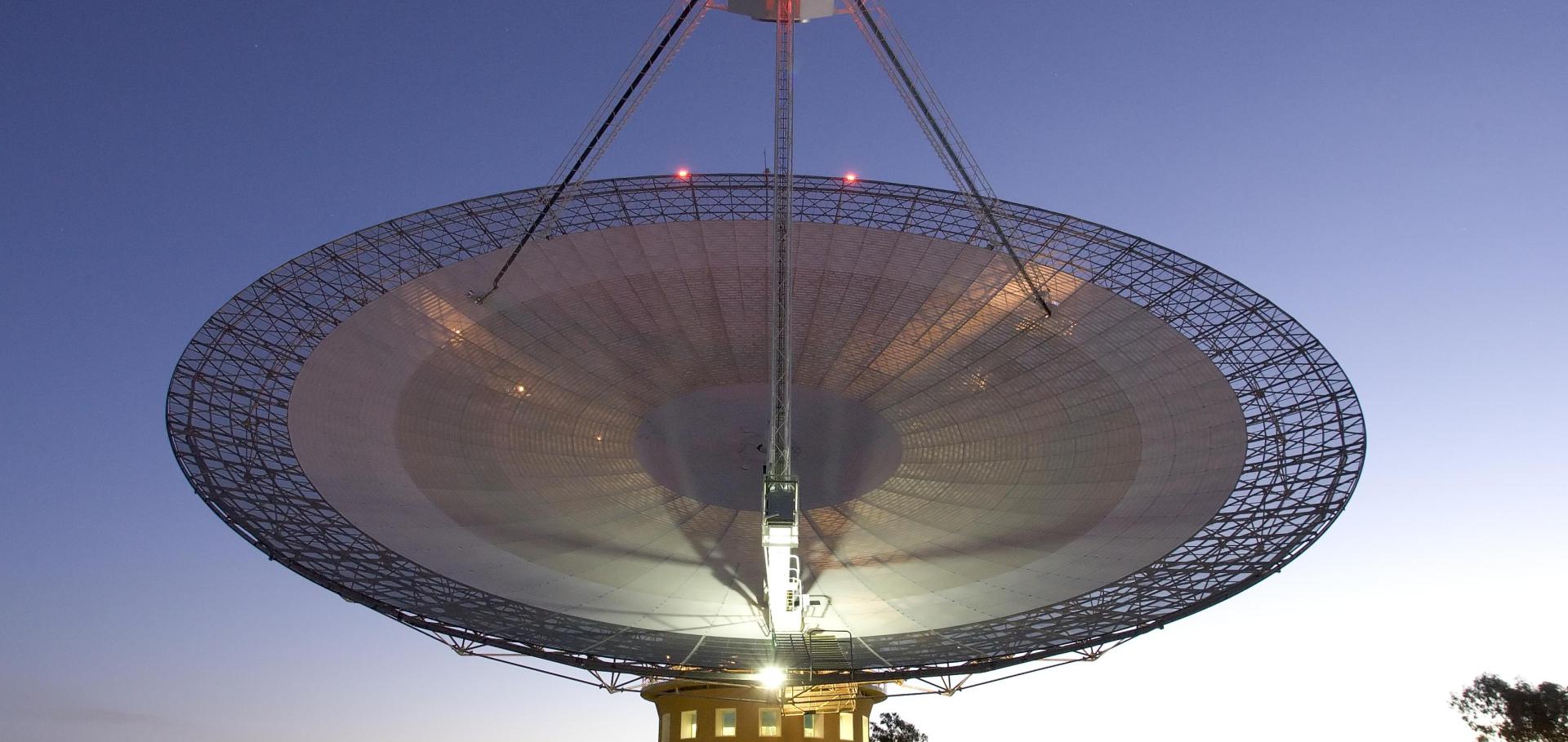Search and identification of transient and variable radio sources using MeerKAT observations: a case study on the MAXI J1820+070 field
Monthly Notices of the Royal Astronomical Society Oxford University Press (OUP) 517:2 (2022) 2894-2911
Radio observations of the Black Hole X-ray Binary EXO 1846-031 re-awakening from a 34-year slumber
Monthly Notices of the Royal Astronomical Society Oxford University Press 517:2 (2022) 2801-2817
Abstract:
We present radio [1.3 GHz MeerKAT, 4–8 GHz Karl G. Jansky Very Large Array (VLA), and 15.5 GHz Arcminute Microkelvin Imager Large Array (AMI-LA)] and X-ray (Swift and MAXI) data from the 2019 outburst of the candidate Black Hole X-ray Binary (BHXB) EXO 1846−031. We compute a Hardness–Intensity diagram, which shows the characteristic q-shaped hysteresis of BHXBs in outburst. EXO 1846−031 was monitored weekly with MeerKAT and approximately daily with AMI-LA. The VLA observations provide sub-arcsecond-resolution images at key points in the outburst, showing moving radio components. The radio and X-ray light curves broadly follow each other, showing a peak on ∼MJD 58702, followed by a short decline before a second peak between ∼MJD 58731–58739. We estimate the minimum energy of these radio flares from equipartition, calculating values of Emin ∼ 4 × 1041 and 5 × 1042 erg, respectively. The exact date of the return to ‘quiescence’ is missed in the X-ray and radio observations, but we suggest that it likely occurred between MJD 58887 and 58905. From the Swift X-ray flux on MJD 58905 and assuming the soft-to-hard transition happened at 0.3–3 per cent Eddington, we calculate a distance range of 2.4–7.5 kpc. We computed the radio:X-ray plane for EXO 1846−031 in the ‘hard’ state, showing that it is most likely a ‘radio-quiet’ BH, preferentially at 4.5 kpc. Using this distance and a jet inclination angle of θ = 73◦, the VLA data place limits on the intrinsic jet speed of βint = 0.29c, indicating subluminal jet motion.A Late-time Radio Flare Following a Possible Transition in Accretion State in the Tidal Disruption Event AT 2019azh
The Astrophysical Journal American Astronomical Society 933:2 (2022) 176
Radio and X-ray observations of the luminous Fast Blue Optical Transient AT2020xnd
ArXiv 2110.05514 (2021)
Disk, corona, jet connection in the intermediate state of MAXI J1820+070 revealed by NICER spectral-timing analysis
Astrophysical Journal Letters IOP Science 910:1 (2021) L3


